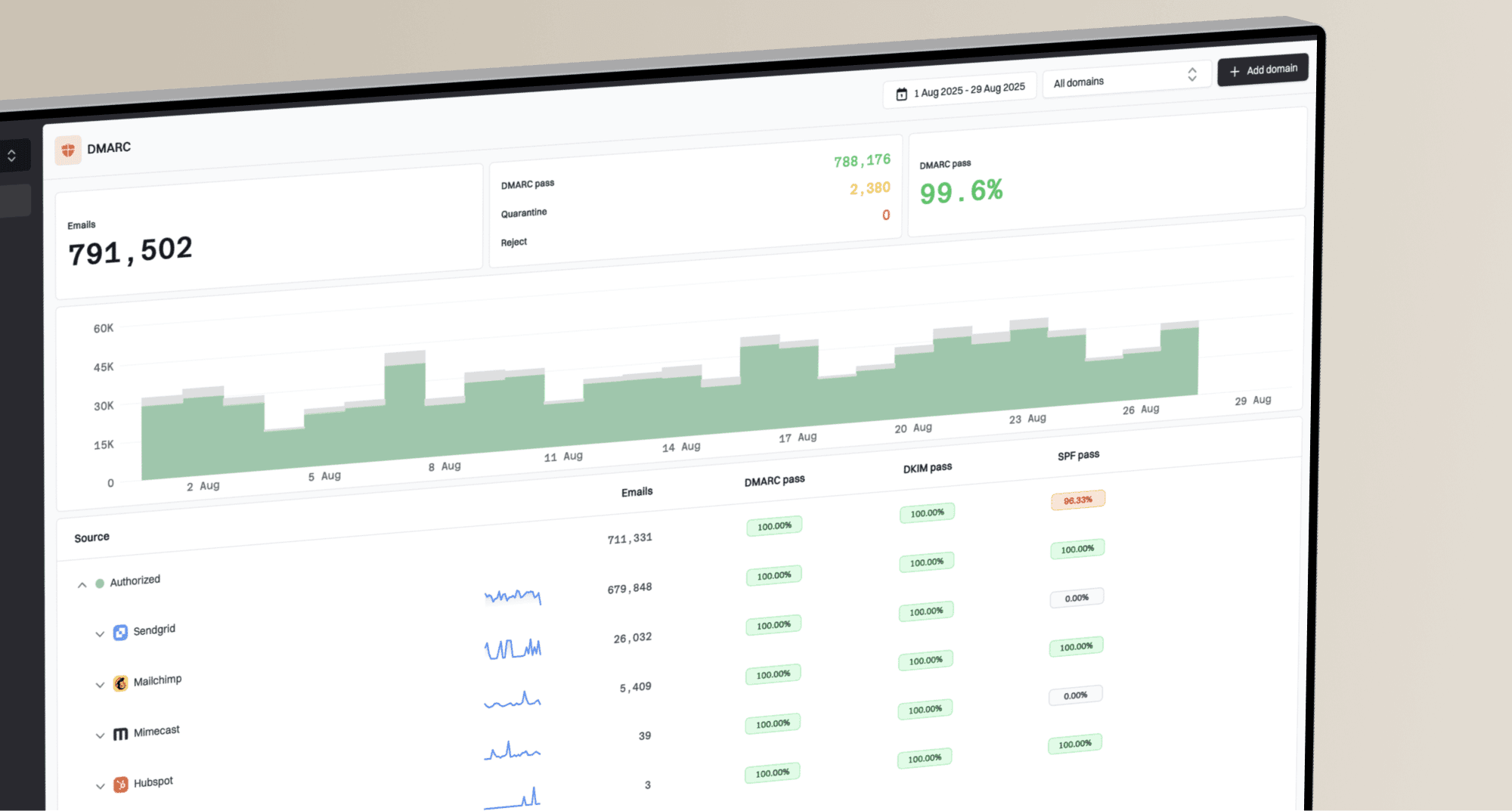Is Gmail changing how it tracks email opens and dotted opens?

Matthew Whittaker
Co-founder & CTO, Suped
Published 2 Jul 2025
Updated 5 Nov 2025
6 min read

 Gmail tracks email opens, specifically concerns about dotted opens. These discussions have led to confusion among marketers and senders about the reliability of their open rate metrics and the overall impact on email deliverability. It's crucial to separate fact from fiction when these kinds of rumors circulate.
Gmail tracks email opens, specifically concerns about dotted opens. These discussions have led to confusion among marketers and senders about the reliability of their open rate metrics and the overall impact on email deliverability. It's crucial to separate fact from fiction when these kinds of rumors circulate. Gmail is implementing new mechanisms that render traditional email open tracking obsolete, especially concerning email addresses with dots. We'll delve into these claims, clarify what
Gmail is implementing new mechanisms that render traditional email open tracking obsolete, especially concerning email addresses with dots. We'll delve into these claims, clarify what  Gmail officially states, and provide a clear picture of what truly impacts your email deliverability and sender reputation.
Gmail officially states, and provide a clear picture of what truly impacts your email deliverability and sender reputation. Gmail handle images.
Gmail handle images. Gmail's servers fetch and cache the images, including tracking pixels, before delivering them to the recipient. This process can inflate open rates, as an open might be recorded when
Gmail's servers fetch and cache the images, including tracking pixels, before delivering them to the recipient. This process can inflate open rates, as an open might be recorded when  Gmail pre-fetches the images, not necessarily when the user views the email. You can learn more about this by reading our guide on how email open rates are affected.
Gmail pre-fetches the images, not necessarily when the user views the email. You can learn more about this by reading our guide on how email open rates are affected. Gmail has treated variations of an email address with dots (e.g., john.doe@gmail.com and johndoe@gmail.com) as the same address. This isn't a new tracking change but a fundamental feature of their email system designed to prevent senders from circumventing filters by adding dots.
Gmail has treated variations of an email address with dots (e.g., john.doe@gmail.com and johndoe@gmail.com) as the same address. This isn't a new tracking change but a fundamental feature of their email system designed to prevent senders from circumventing filters by adding dots. Gmail is permanently breaking email open rate tracking due to these dotted addresses are largely unfounded. These claims often misinterpret existing
Gmail is permanently breaking email open rate tracking due to these dotted addresses are largely unfounded. These claims often misinterpret existing  Gmail functionalities or derive from screenshots taken in Google Workspace environments rather than personal
Gmail functionalities or derive from screenshots taken in Google Workspace environments rather than personal  Gmail accounts.
Gmail accounts. Gmail introducing new tracking pixel blocking warnings based on dotted opens are false. Screenshots showing an "external" label or specific warnings typically originate from Google Workspace settings (which are distinct from consumer
Gmail introducing new tracking pixel blocking warnings based on dotted opens are false. Screenshots showing an "external" label or specific warnings typically originate from Google Workspace settings (which are distinct from consumer  Gmail) and do not indicate a widespread change in how
Gmail) and do not indicate a widespread change in how  Gmail tracks user engagement.
Gmail tracks user engagement. Gmail focuses heavily on user engagement and sender reputation. This includes metrics such as whether recipients move your emails out of spam, reply to them, or mark them as not spam.
Gmail focuses heavily on user engagement and sender reputation. This includes metrics such as whether recipients move your emails out of spam, reply to them, or mark them as not spam. Gmail verify the authenticity of your emails, which is a significant factor in inbox placement. You can find more information about how Gmail tracks engagement.
Gmail verify the authenticity of your emails, which is a significant factor in inbox placement. You can find more information about how Gmail tracks engagement.
|
|
|
|---|---|---|
Open rates | Less reliable | Affected by image caching and privacy features; not directly tracked by  Gmail. Gmail. |
Clicks | Highly reliable | Direct user interaction, indicating engagement and interest. |
Spam complaints | Highly reliable | Strong negative signal to  Gmail about content or list quality. Gmail about content or list quality. |
Authentication (SPF, DKIM, DMARC) | Critical | Verifies sender identity, crucial for trust and avoiding spam filters. |
 Gmail's approach to tracking hasn't changed regarding "dotted opens," and their focus remains on user behavior and authentication, your strategy should reflect these priorities. Effective email marketing now more than ever requires focusing on building genuine engagement.
Gmail's approach to tracking hasn't changed regarding "dotted opens," and their focus remains on user behavior and authentication, your strategy should reflect these priorities. Effective email marketing now more than ever requires focusing on building genuine engagement. Gmail is changing how it tracks email opens or its long-standing treatment of dotted email addresses. The recent claims appear to be based on misunderstandings of existing features or misinterpretations of Google Workspace functionalities. It's important for email senders to distinguish between valid updates and misleading information circulating online.
Gmail is changing how it tracks email opens or its long-standing treatment of dotted email addresses. The recent claims appear to be based on misunderstandings of existing features or misinterpretations of Google Workspace functionalities. It's important for email senders to distinguish between valid updates and misleading information circulating online.